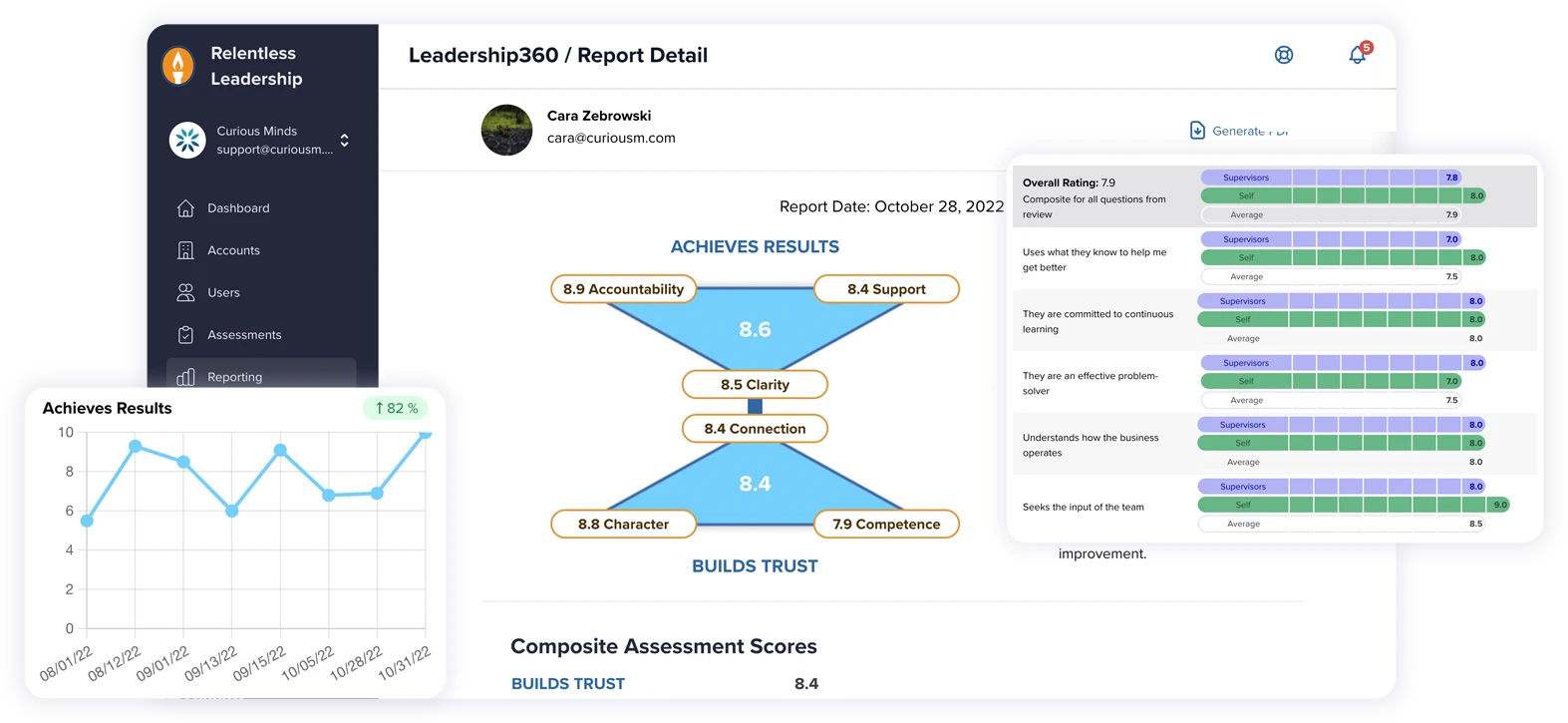The current pandemic has led to a lot more people working remotely, and many are finding it hard to adjust from a traditional office environment. I started working remotely when my wife and I decided to move back to our home state several years ago. The company I was working for agreed to try out making me a remote worker. When I first started working remotely, it was strange to be sitting at a desk by myself all day, without co-workers nearby. As I continued to work remotely, and got into the flow of working alone, it gradually became easier. As someone who has been working remotely for awhile now, I have some tips that should hopefully make the transition easier.
Set Up Your Area
A comfortable area is key to successfully working remotely. A decent chair is key, in particular one with arm rests and a head support. Desk placement is also important. If a window is available in your remote area, I would recommend seeing up your desk so that you can look out the window and rest your eyes every so often throughout the day. The fresh air is an added bonus. Make sure your keyboard, mouse, etc. are all placed so that they are easy to access without causing you to reach awkwardly. Monitor placement can help as well. Eye level or slightly below is what I find is best.
Reduce Distractions
The ideal location for your remote area would be one away from central areas of your house, if possible. A separate room with a door is ideal, but if not practical, then a room divider can help. Anything, from a screen to a row of plants,can help to section off your area. I like to have music playing as well, to help reduce background noise and keep focused. I recommend alternating between headphones and open air music, as I find having headphones on for too long can start to really hurt your ears. If there are other people in your remote work area, make sure they know when you are on a call or focused on a task. Even with the best intentions, it can still be challenging to completely reduce distractions. We have a 1 year–old puppy who always seems to know when I am on a conference call, and chooses that time to start barking right outside my office door. Being able to quickly mute calls and only unmute when talking is a good skill to develop.
Don’t Forget to Take Breaks
When working remotely, it is easy to get busy and sit for prolonged periods of time. Taking a short break at least once an hour, even if it’s just to stretch your legs and get a glass of water, can help alleviate any issues. Getting outside and taking a short walk, even if only for a few minutes, is also helpful.
Keep a Regular Schedule
The work/home life boundary can easily be blurred when working remotely. I like to try to keep as normal of a 9-5 type schedule as possible. Of course, that doesn’t always work out, but having a set schedule where you can “leave work” at a specified time really helps to keep this boundary intact. Once the work day is over, I like to get outside for a walk or bike ride, just to clear my head and transition from “work” to “home” mode.
Software to Make Things Easier
Our team uses Slack, which allows us to directly communicate with each other and see who is available at any given time. For project management, we use Asana to keep track of tasks on larger projects, and Zendesk to track tickets submitted by our clients. We use Harvest for billing and time tracking. All of these tools will make your life as a remote worker easier. Working remotely can be a bit of a tough transition. But, once you get into the swing of things, it can be completely painless.


















